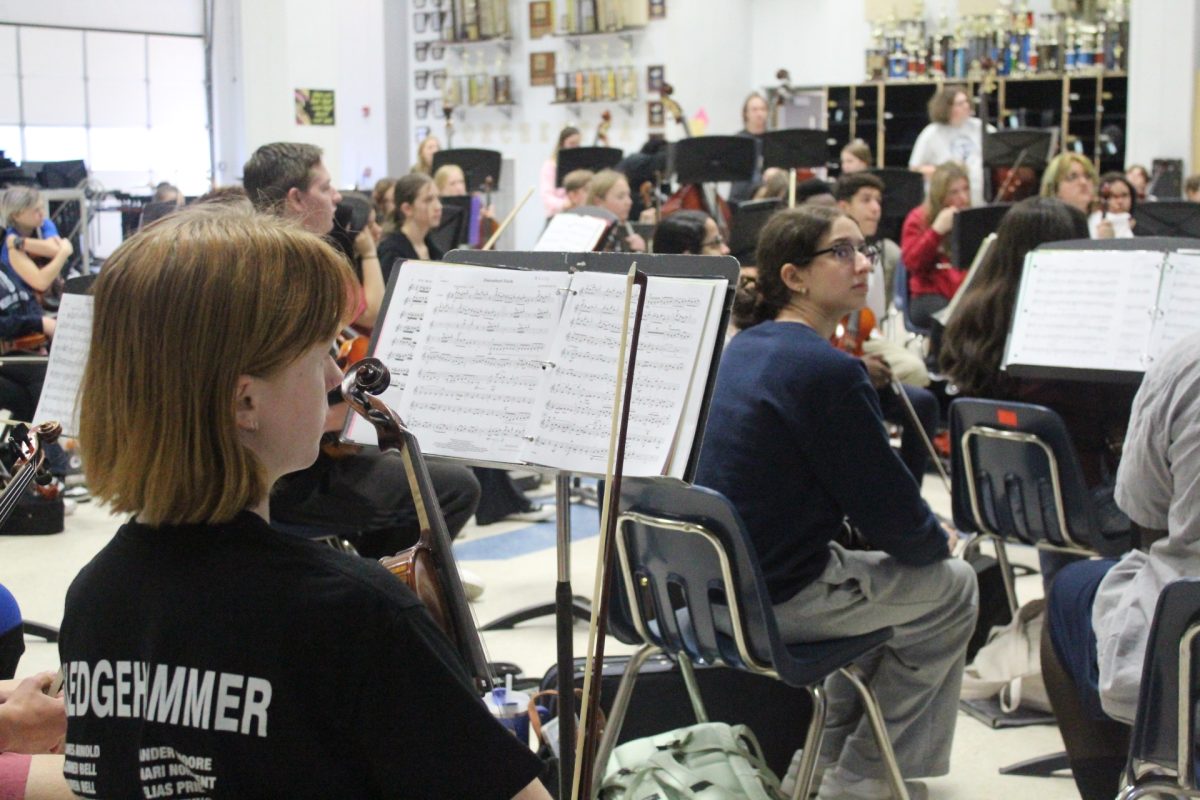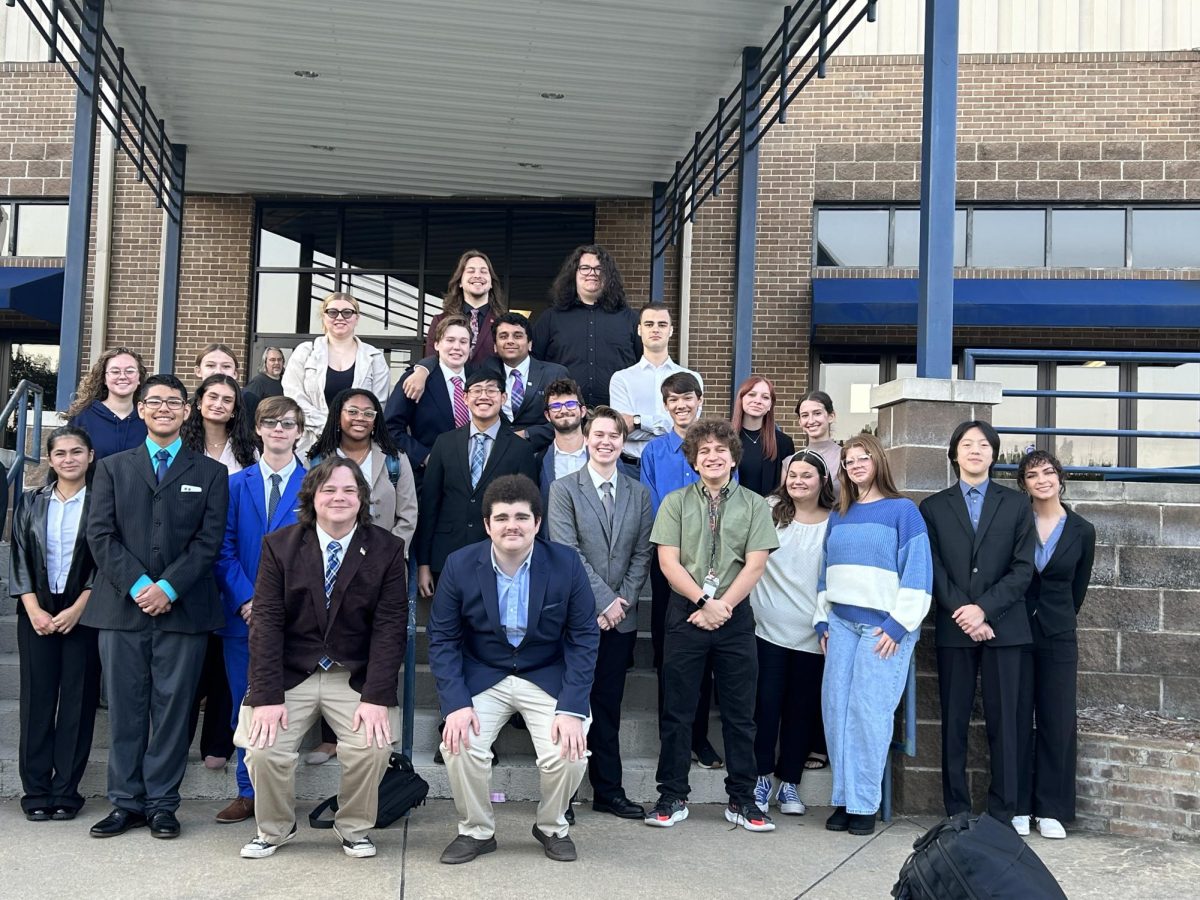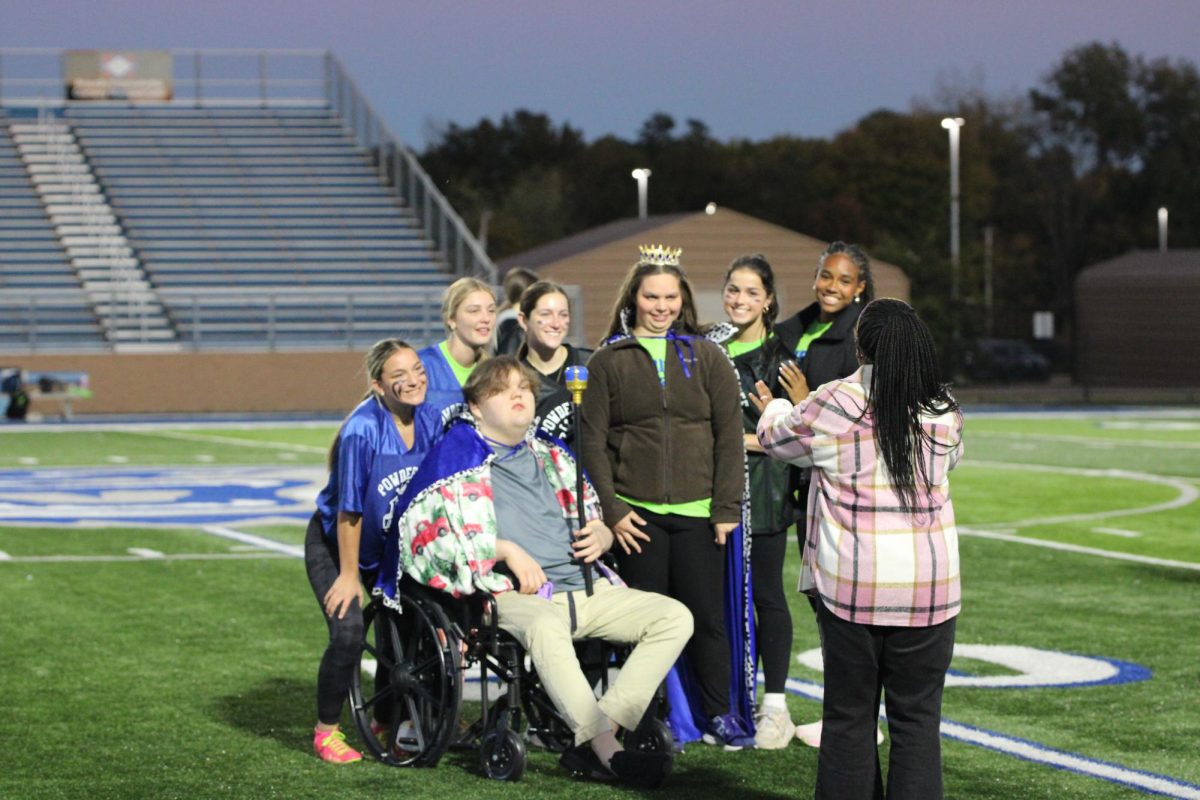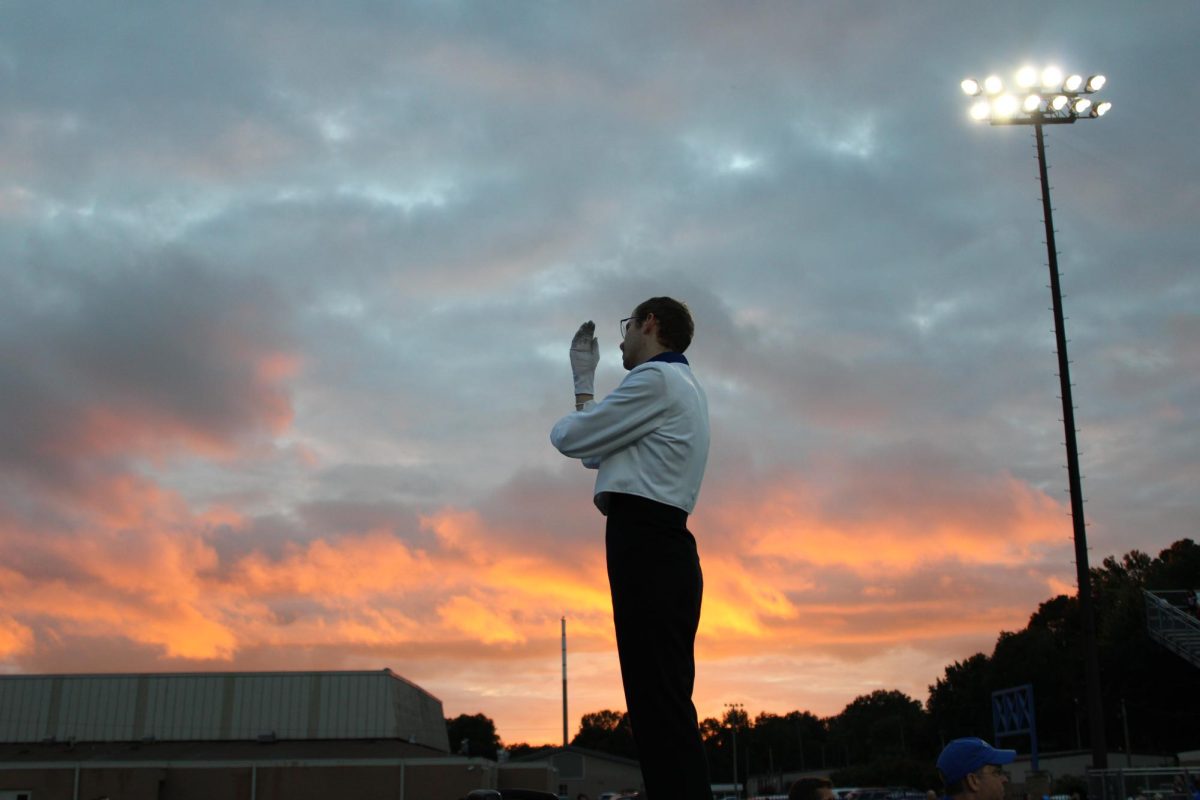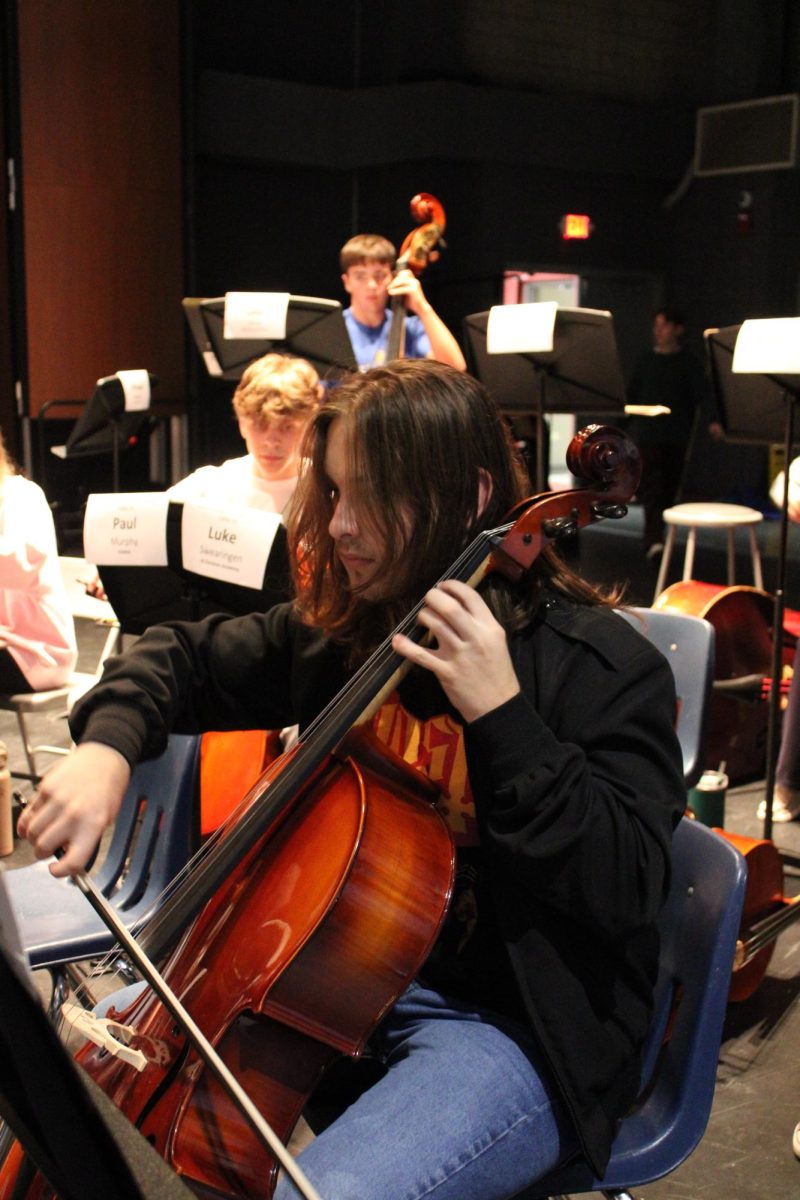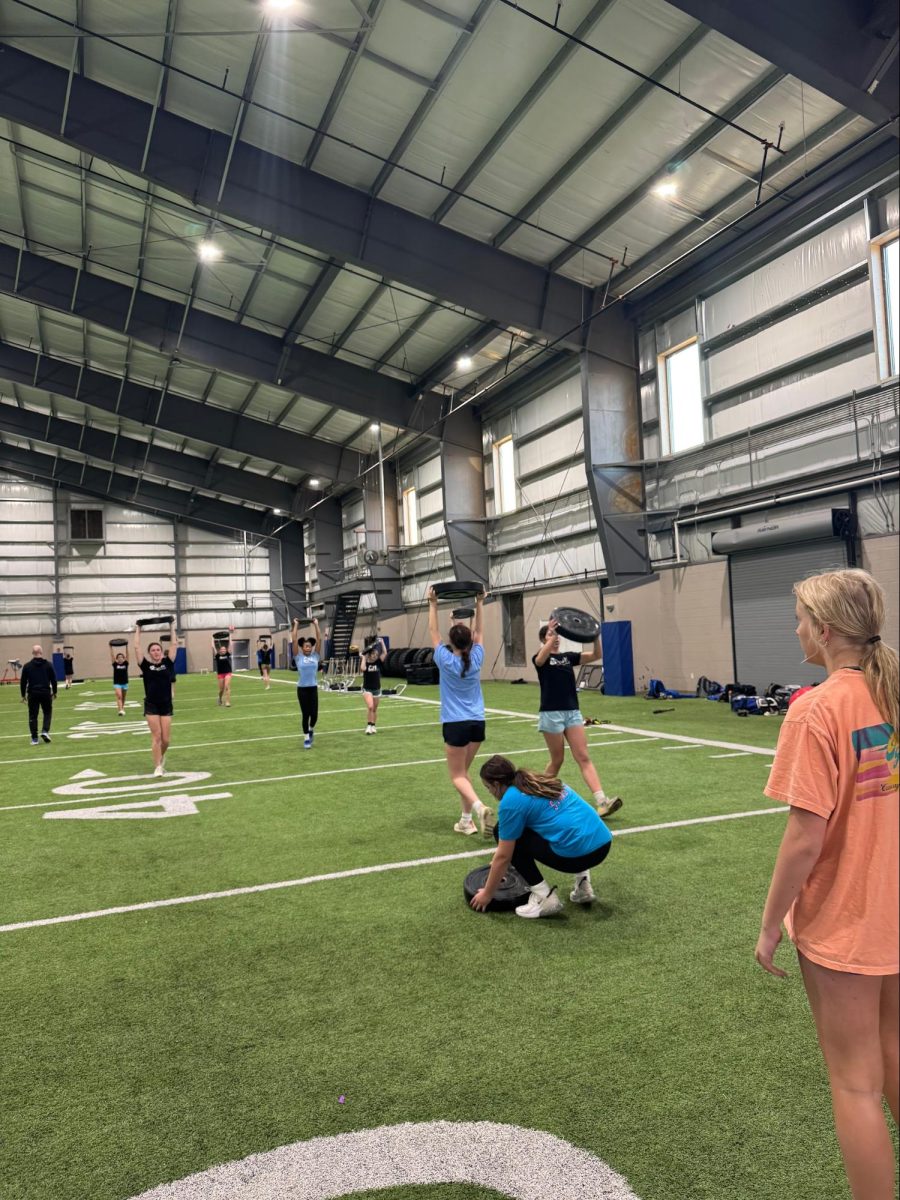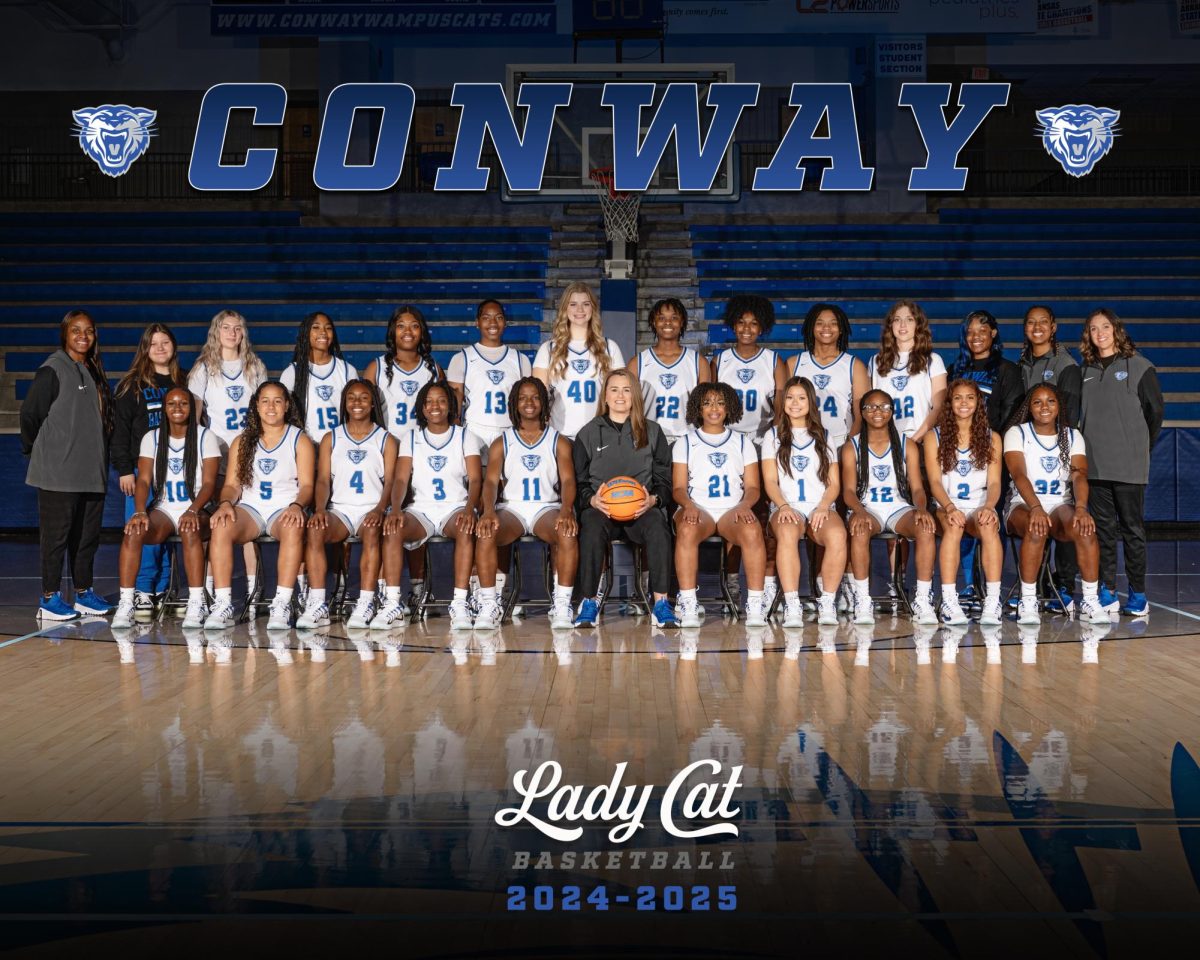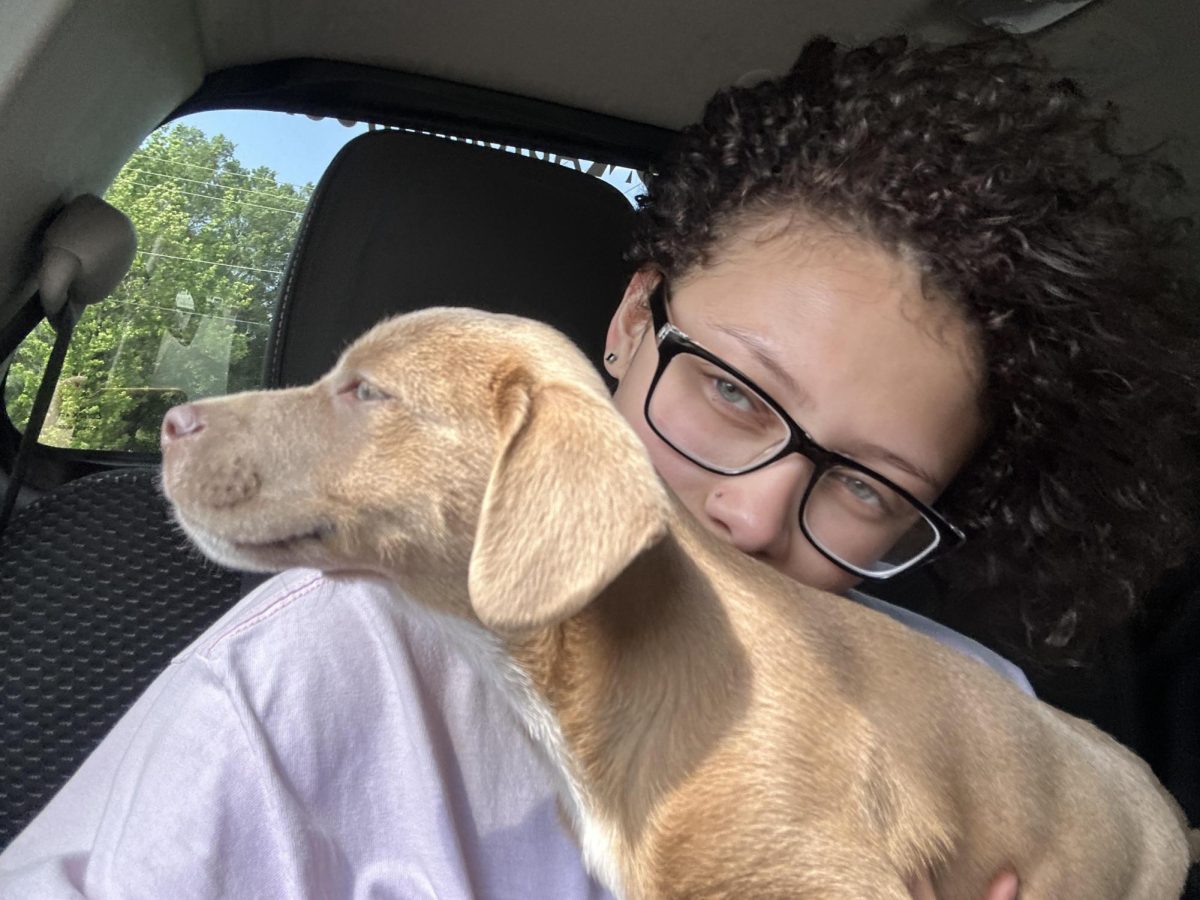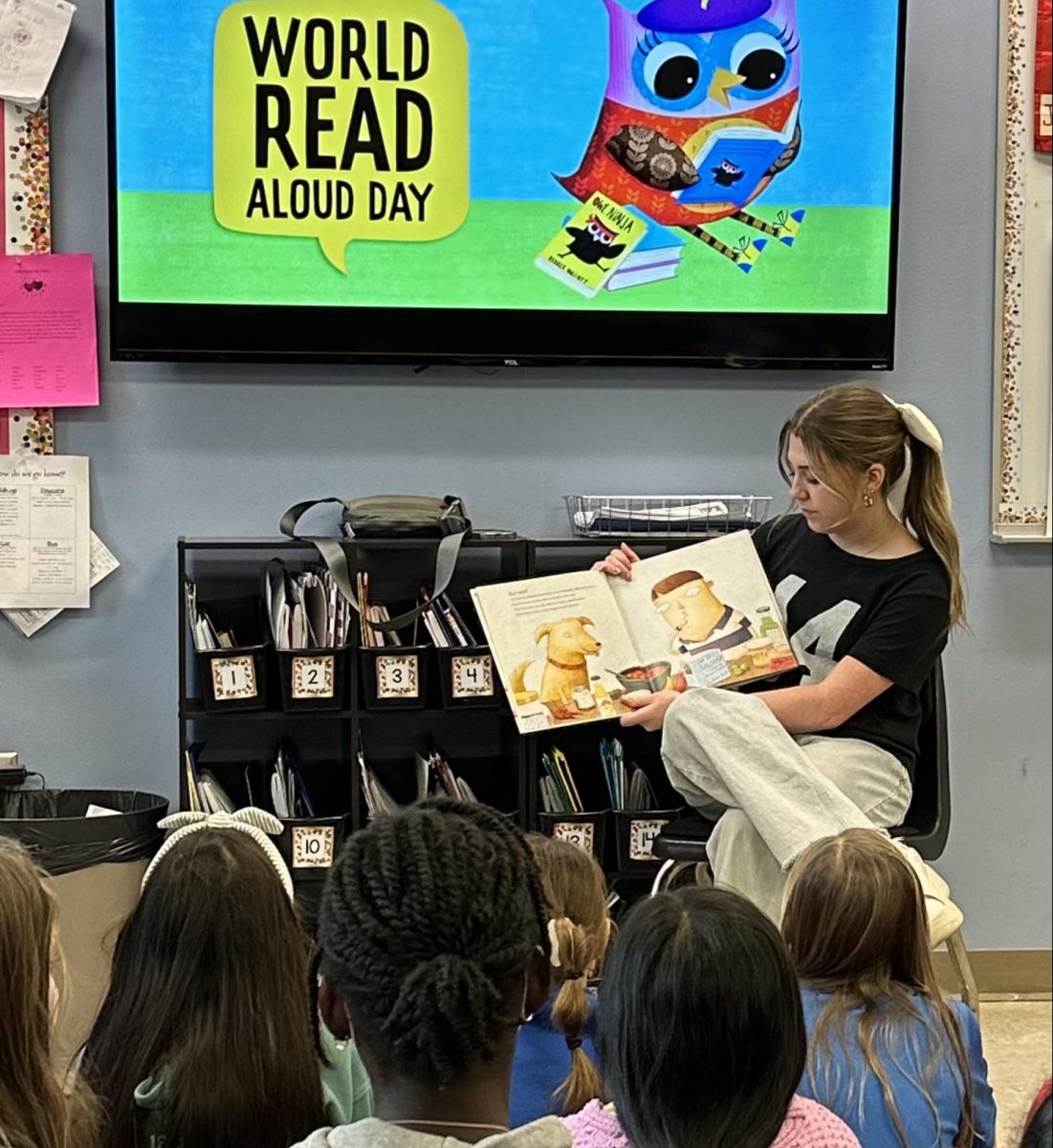Making History: Daisy Bates and the Little Rock Nine
Portrait of Civil Rights activist Daisy Bates, October 12, 1957. (Photo by Afro American Newspapers/Gado/Getty Images)
February 14, 2023
Daisy Bates, a member of the Little Rock Nine, shows the true characteristics of a heroine. Bates was born in Huttig, Arkansas in 1914. Her mother was murdered by 3 white men when she was just 3 years old. She was raised in a foster home after that, and her mothers death left a big emotional and mental imprint on her. She was forced to confront racism at an early age and pushed to dedicate her life to ending racial injustice. When Bates was 15 she met her future husband and began traveling with him throughout the South. They eventually settled in Little Rock, Arkansas and started their very own newspaper (The Arkansas State Press).
Once she and her husband, L.C Bates, started their own newspaper, she started her journey through bringing justice to people and ending racism. In 1942 Bates was selected to serve as the president of the state conference of the organization’s Arkansas branch. Which led her to work alongside many local civil rights organizations and rights for justice locally. She worked at NAACP for a long time which led to her becoming a household name. This allowed her to be a part of more organizations fighting against racism like the Little Rock Nine.
In 1954 the Supreme Court ruled it unconstitutional for schools to be segregated which was a big change for America so as they ruled there were many mixed emotions about this, but that didn’t stop Bates from jumping on the chance to enroll African Americans at an all white school. Some schools even though it was considered unconstitutional to have segregated schools, and they still refused to let them enroll. Bates used her and her husband’s newspaper to publicize these schools in response to this. As an effect in 1954 Bates led a NAACP protest against the Little Rock school board; they wanted a slow segregation but Bates pushed for a fast one. As Bates pushed and pushed for these kids to have equality rights and equality benefits as any other kids she was far from done with her work for pushing for rights and sameness for everyone everywhere.
In 1957, Bates went on to help 9 African American students enroll in an all white school, The Central High School. They later became known as “The Little Rock Nine.” The group first tried to go to the school on September 4th when a bunch of angry white people taunted them as they arrived. The governor, Orval Faubus, opposed school integration and sent the members of the Arkansas National Guard to prevent the students from entering. The students were undeterred from their mission despite the amount of people and things trying to stop them. Bates’ house became the “headquarters” for the battle to integrate Central High school and she was the personal advocate and supporter to the students. President Dwight D. Eisenhower became involved in the problem and ordered federal troops to go to Little Rock to sustain the law and protect the Little Rock Nine. With the protection, Bates and the Little Rock Nine left her house for their first day of school on September 25th, 1957. Bates would remain close with the group as she offered support as they faced harassment from those who disagreed with segregation.
As her life went she moved to Washington D.C where she worked for the Democratic National Committee and on anti-poverty projects for Lyndon B. Johnson’s administration. This led her to help racism and people suffering from poverty. Later she spent a lot of time in community centers devoting her time to other people. Later after her husband died she started the newspaper again but she sold it a couple of years later which followed her death. Daisy Bates did wonderful things not only for herself but for other people around. As we celebrate, black history month in February, we should look back at these people and their accomplishments and what they sacrificed for change and equality for the better of the world even when everything was rooting against them.

